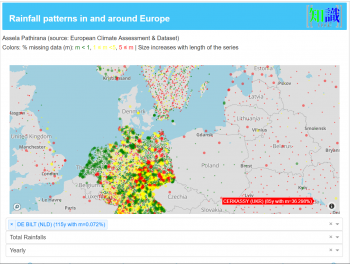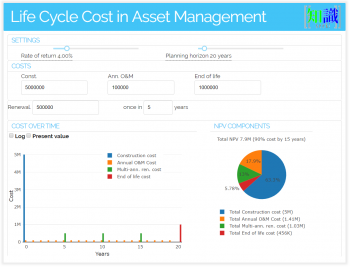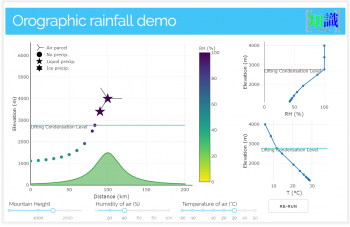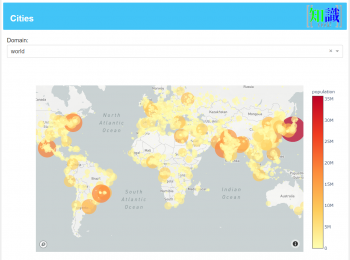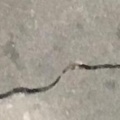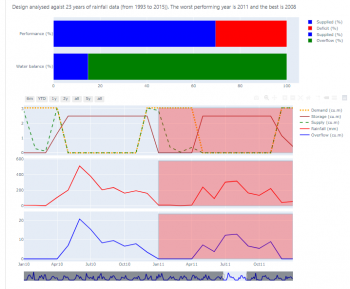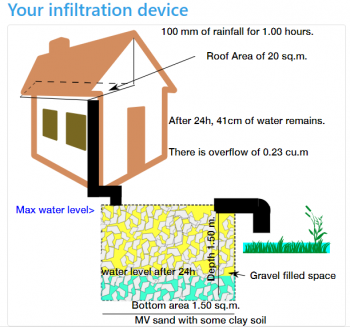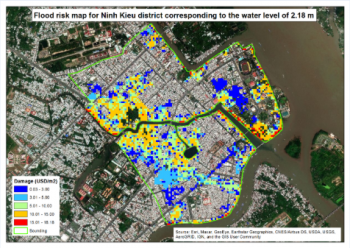Difference between revisions of "Webapps with python"
| Line 1: | Line 1: | ||
==Webapps with python== | ==Webapps with python== | ||
== | For a long time, the tradition of providing technical solutions was the experts to do the designs and implement the designs for the benefit of the society. At a later stage, we started practising ‘awareness raising’. While this was a step in the right direction, by attempting to describe the why’s what’s and how’s of a technical solution to the societal stakeholders, awareness-raising often worked as an afterthought. A large body of evidence has shown that the best outcomes can be achieved by involving the community from day one of a technical solution. This day one is the planning and design stage. Whether it is money management in a family, a piece of policy in a government or an institution or any type of technical solution, best stakeholder support is obtained when people co-own the product. The journey to co-ownership starts with co-discovery (of knowledge), co-design and implementing together. | ||
Here are some prototype applications that were created using | |||
This applies to any type of technical solution. However, it becomes a non-negotiable requirement for success in climate and nature-based solutions. By their very nature, both the problem and its solutions are distributed in nature. Delivery of electricity from a customer from a thermal power plant also involves dealing with the ‘users’ – we call this customer management. But when we go for household level, grid-connected, solar electricity generation, that customer must become a business partner! That is the transformation we are witnessing in many sectors addressing problems with climate and nature-based solutions. This is how people are empowered to do designs. The pandemic is a portal, to make the wrongs right, and to build back better and greener. | |||
One of the surefire ways of creating co-ownership is to encourage co-discovery and co-design. For this, we face the challenge of bringing modern technological knowledge to the stakeholders, including communities, in an understandable way but yet allowing for them to interact and contribute in a meaningful sense. One of the modern tools that contribute to this mission is interactive web applications. They allow water managers and scientists to bring complex data analysis solutions, big-data technologies, dynamic water models closer to the non-specialist stakeholders in an appealing and simple-to-interact fashion. | |||
==Demonstrations== | |||
Here are some prototype web applications that were created for the water management, agriculture and asset management sectors. They are written in python using libraries like [https://plotly.com/dash/ Plotly dash] and [http://www.web2py.com/ web2py] to do the frontend. I use [https://auth0.com/blog/hosting-applications-using-digitalocean-and-dokku/ docker containers] based on [http://dokku.viewdocs.io/dokku/ dokku] -- [https://en.wikipedia.org/wiki/Platform_as_a_service a PaaS (Platform as a Service)] --to host these apps. | |||
===[http://er.srv.pathirana.net/ Precipitation records of Europe]=== | ===[http://er.srv.pathirana.net/ Precipitation records of Europe]=== | ||
Revision as of 07:55, 9 April 2021
Webapps with python
For a long time, the tradition of providing technical solutions was the experts to do the designs and implement the designs for the benefit of the society. At a later stage, we started practising ‘awareness raising’. While this was a step in the right direction, by attempting to describe the why’s what’s and how’s of a technical solution to the societal stakeholders, awareness-raising often worked as an afterthought. A large body of evidence has shown that the best outcomes can be achieved by involving the community from day one of a technical solution. This day one is the planning and design stage. Whether it is money management in a family, a piece of policy in a government or an institution or any type of technical solution, best stakeholder support is obtained when people co-own the product. The journey to co-ownership starts with co-discovery (of knowledge), co-design and implementing together.
This applies to any type of technical solution. However, it becomes a non-negotiable requirement for success in climate and nature-based solutions. By their very nature, both the problem and its solutions are distributed in nature. Delivery of electricity from a customer from a thermal power plant also involves dealing with the ‘users’ – we call this customer management. But when we go for household level, grid-connected, solar electricity generation, that customer must become a business partner! That is the transformation we are witnessing in many sectors addressing problems with climate and nature-based solutions. This is how people are empowered to do designs. The pandemic is a portal, to make the wrongs right, and to build back better and greener.
One of the surefire ways of creating co-ownership is to encourage co-discovery and co-design. For this, we face the challenge of bringing modern technological knowledge to the stakeholders, including communities, in an understandable way but yet allowing for them to interact and contribute in a meaningful sense. One of the modern tools that contribute to this mission is interactive web applications. They allow water managers and scientists to bring complex data analysis solutions, big-data technologies, dynamic water models closer to the non-specialist stakeholders in an appealing and simple-to-interact fashion.
Demonstrations
Here are some prototype web applications that were created for the water management, agriculture and asset management sectors. They are written in python using libraries like Plotly dash and web2py to do the frontend. I use docker containers based on dokku -- a PaaS (Platform as a Service) --to host these apps.
